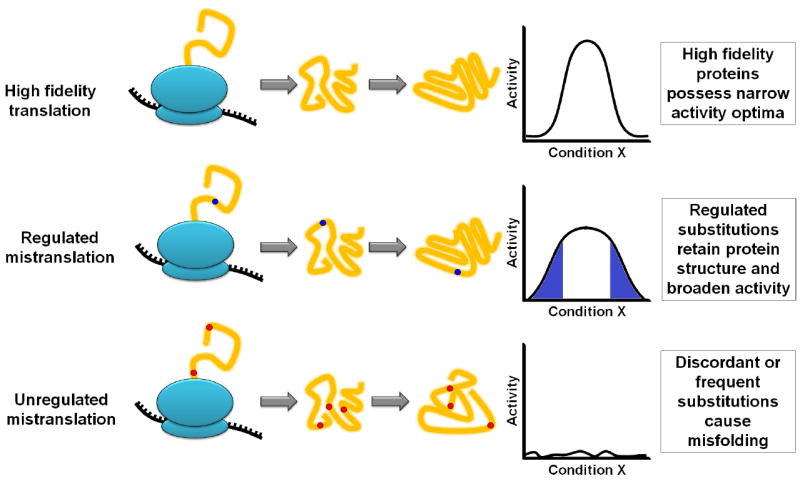Figure 4. General effect of regulated and unregulated mistranslation on protein activity.

High fidelity translation produces a homogenous protein population that shares identical activity optima for all cellular conditions. Regulated mistranslation allows amino acid substitutions and their frequency to be controlled. This enables proteins to maintain their structures while diversifying their activities. The blue region in the graph indicates nonoptimal conditions where mistranslated proteins may have higher activity than their wild-type counterparts. Unregulated mistranslation can result in discordant amino acid substitutions that prevent proper protein folding resulting in protein inactivity.
